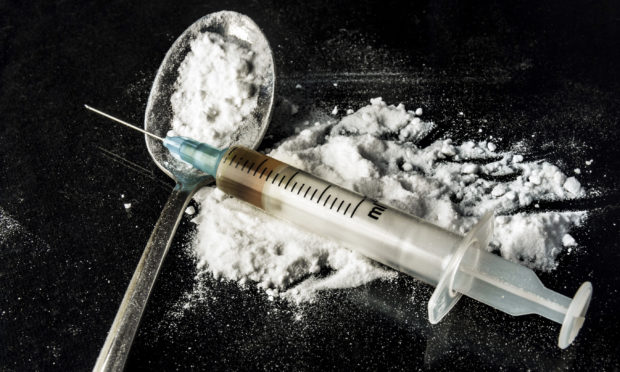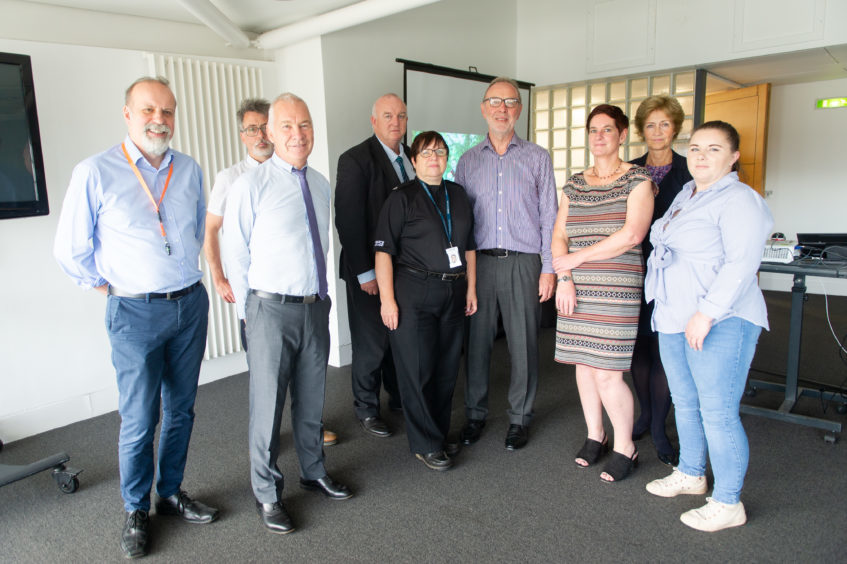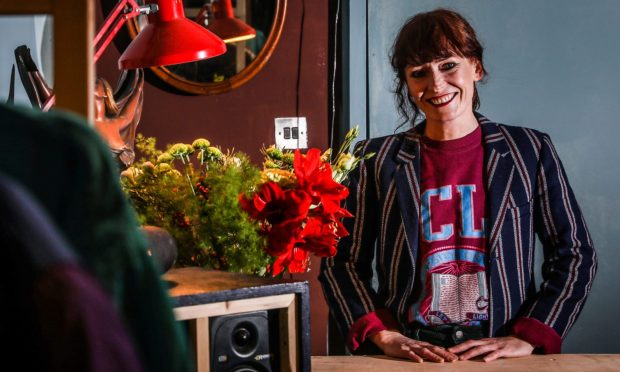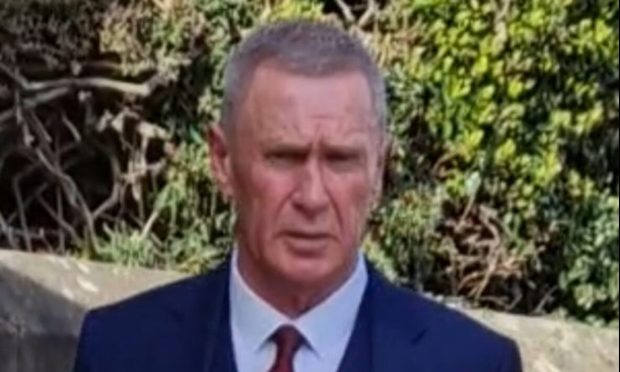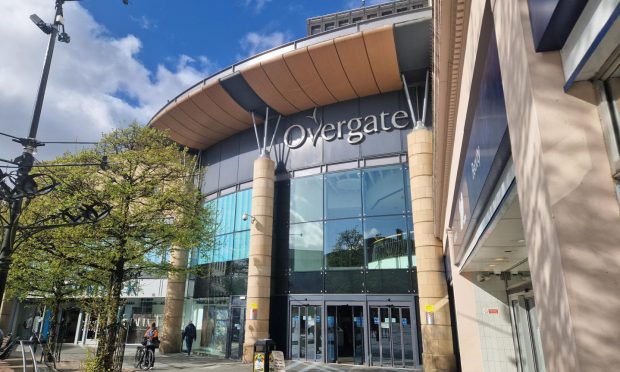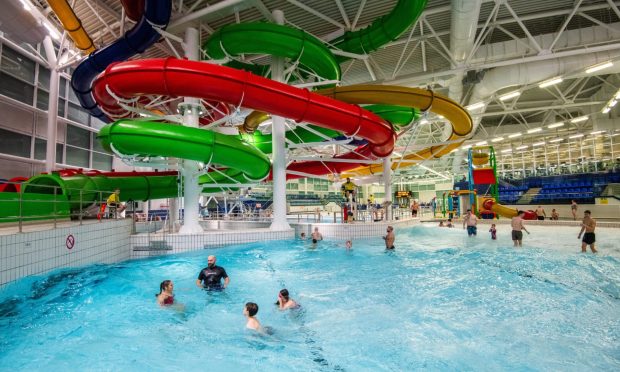Children as young as 12 could be trained to save the lives of addict parents as part of radical measures being proposed to tackle Dundee’s rising drug death rates.
The suggestion to expand use of the overdose prevention drug Naloxone was made during evidence to a meeting of the Dundee Drug Commission yesterday.
The drug counteracts the effects of opiates such as heroin.
More than 30,000 kits and associated training have already been provided under a national programme.
Kirsten Horsburgh, strategy co-ordinator for Drug Death Prevention at the Scottish Drugs Forum, said increasing the availability and knowledge of Naloxone could save lives.
“We need to make sure that anyone who may witness an overdose has Naloxone,” she said.
“Although an individual must be 16 to be prescribed it, anyone can administer it and it can be crucial.
“Dundee is doing well with this. I think incorporating this into first aid training is definitely something that should be looked at.”
Hazel Robertson, a member of the commission and board member of the Scottish Drugs Forum, added: “Training in administering Naloxone may even benefit young people whose parents are drug addicts.
“It may be controversial but maybe those aged as young as 12 could be trained if it could prevent deaths.”
The fourth meeting of the Dundee Drug Commission also took evidence from the Information Services Division (ISD).
The body, part of the NHS’ National Services Scotland, said Dundee was ranked 11th of the 32 local authorities in Scotland for deaths in the problematic drug use (PDU) population.
This is despite Dundee being labelled Europe’s drugs death capital and the number of fatalities increasing from 38 to 57 last year.
Commission chairman Dr Robert Peat said the evidence heard so far showed the issues in Dundee were not so different from elsewhere in the country.
He said: “I think what we have heard from the latest meeting is that the issues are Scotland-wide.
“I think it probably is the biggest thing to come out of these meetings so far.
“That’s not to minimise the problems that exist because we do have a significant number of deaths.
“We’ve heard that actually the number of deaths is because we have a high number of drug users.
“There are things we can hopefully do to address that and change the services that are operating.”
A drug addict at the meeting who would only give his name as John vehemently disagreed with the notion Dundee is no different to elsewhere.
The 52-year-old, who has been addicted to Diazepam and Methadone for the past 18 years, said: “They’ve stopped prescribing Diazepam in Dundee and it’s causing these deaths.
“If they bring it back, they’ll see these drug deaths come down, I promise you.
“People who are struggling would be able to cope.
“They’re looking to get Diazepam off the streets instead and that’s the problem. They don’t know what’s in them.
“I feel the commission isn’t set up to listen to us.”
